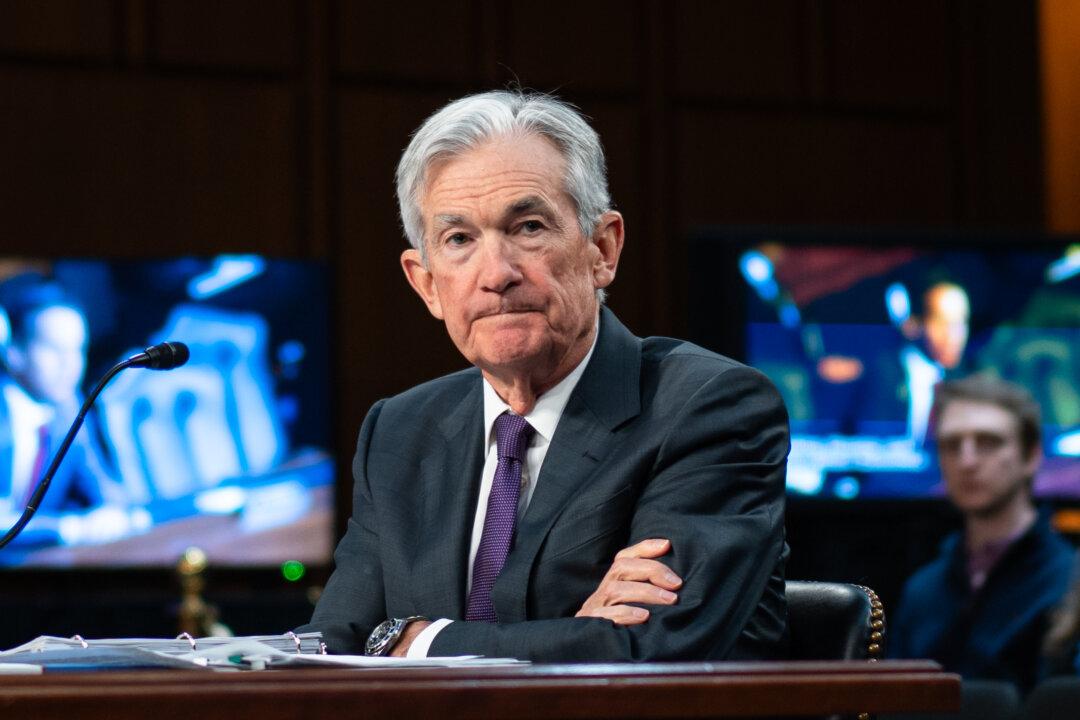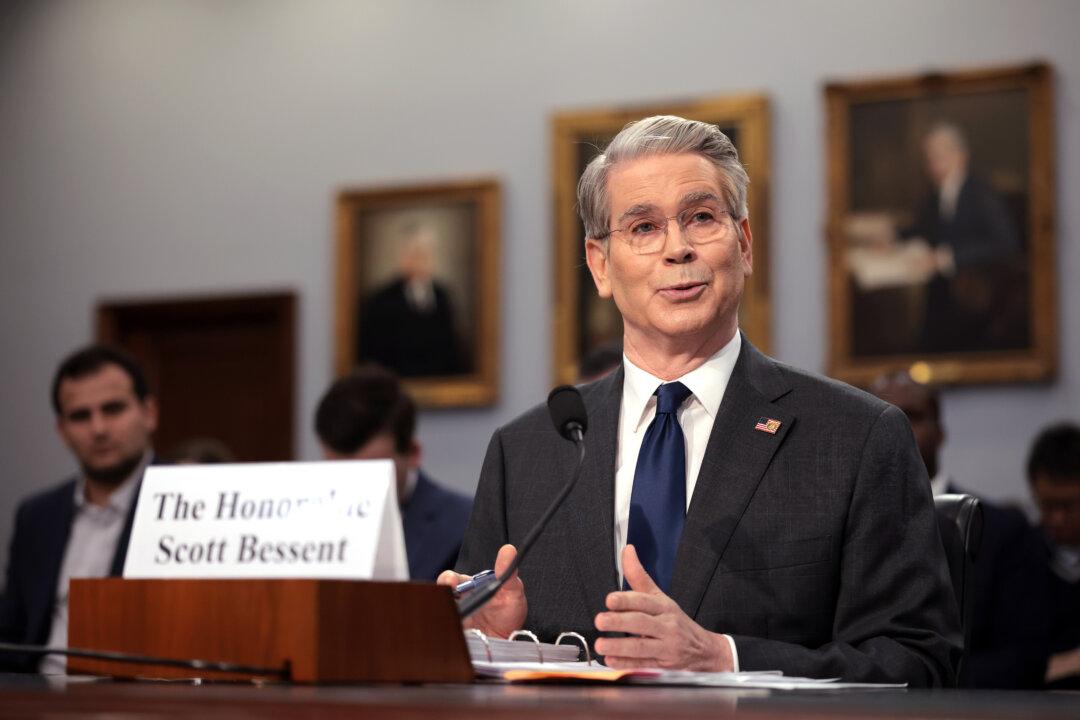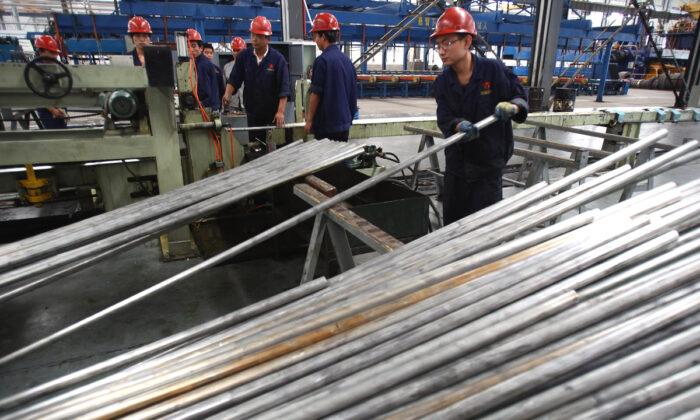The Federal Reserve kicks off its two-day May policy meeting on May 6, and Chair Jerome Powell is expected to push back against President Donald Trump’s calls for interest rate cuts.
Investors overwhelmingly anticipate the rate-setting Federal Open Market Committee (FOMC) will leave the benchmark federal funds rate between 4.25 percent and 4.5 percent.
If accurate, this would represent the fourth consecutive meeting of the U.S. central bank keeping its easing cycle on pause.
For weeks, monetary policymakers have advocated a wait-and-see approach.
This tactic is unlikely to be adjusted until sufficient data shows that the Trump administration’s fundamental changes to fiscal, immigration, regulatory, and trade policy have traversed through the marketplace.
Speaking at the Economic Club of Chicago last week, Fed Chair Jerome Powell stated that the president’s tariffs could lead to a one-time price adjustment or persistent cost pressures.
“The level of the tariff increases announced so far is significantly larger than anticipated. The same is likely to be true of the economic effects, which will include higher inflation and slower growth,” Powell said in April.
Tim Cooper, an analyst at MNI, thinks the FOMC statement will not change significantly.
However, Powell will likely emphasize upside risks to the institution’s twin maximum employment and price stability mandates, Cooper said.
A chorus of Fed officials has suggested more concern surrounding inflation than growth prospects.
Core PCE Eases
First-quarter GDP was negative 0.3 percent, driven by a 41 percent spike in imports and a tepid decline in government expenditures.The same Bureau of Economic Analysis GDP report highlighted a 22 percent increase in private investments.
In April, the U.S. labor market created 177,000 new jobs, and the unemployment rate was unchanged at 4.2 percent.
On the inflation front, the Fed’s preferred personal consumption expenditure (PCE) price index slowed sharply to 2.3 percent in March.
Core PCE, which removes the volatile energy and food categories, also eased significantly to 2.6 percent.
“There’s survey data that talks about a slowdown, but the hard data continues to be resilient,” Treasury Secretary Scott Bessent told CNBC on May 5.
These numbers may buy the Federal Reserve more time before it is forced to take policy action.

Economists think conditions could change as tariffs may begin appearing in the hard data in the coming months.
“What Trump policy has put into motion is a longer-term threat and will show up over the next months, not days,” said Bryon Anderson, the head of fixed income at Laffer Tengler Investments, in a note emailed to The Epoch Times.
For now, the current economic landscape will not be enough to persuade the Fed to follow through on interest rate cuts.
“With the US labor market conditions remaining intact, the Fed can remain a spectator on the sidelines with respect to policy changes as the fallout from Trump’s higher tariff regime and shifting trading policy appears to be lagging,” said Charlie Ripley, the senior investment strategist for Allianz Investment Management.
“Barring some unexpected developments, we would think that the median Committee member [which pencilled in 50bp of cuts as of the March FOMC] is only looking to cut later in the year, perhaps not before September,” Cooper added.
Michael Brown, Pepperstone’s senior research strategist, says the June policy meeting will be compelling as officials release an updated Summary of Economic Projections (SEP).
This is a widely watched quarterly survey of where policymakers think the economy and policy are headed.
The unemployment rate was also adjusted slightly higher from 4.3 percent to 4.4 percent.
Tug-of-War with Trump
Over the past several weeks, the president has repeatedly urged Powell and his colleagues to lower interest rates.Following last week’s better-than-expected April jobs report, Trump took to social media to criticize Powell and the Federal Reserve.
“Consumers have been waiting for years to see pricing come down. No inflation, the Fed should lower its rate.”
These comments spooked markets as the leading averages slumped across the board.
In an interview with NBC’s “Meet the Press with Kristen Welker” that aired on May 4, Trump confirmed again that he would not fire Powell before his term ends in May 2026.
“No, no, no,” Trump said. “Why would I do that? I get to replace the person in another short period of time.”
Speaking to reporters at the November post-meeting press conference, Powell said that removing him as chair is “not permitted under the law.”







